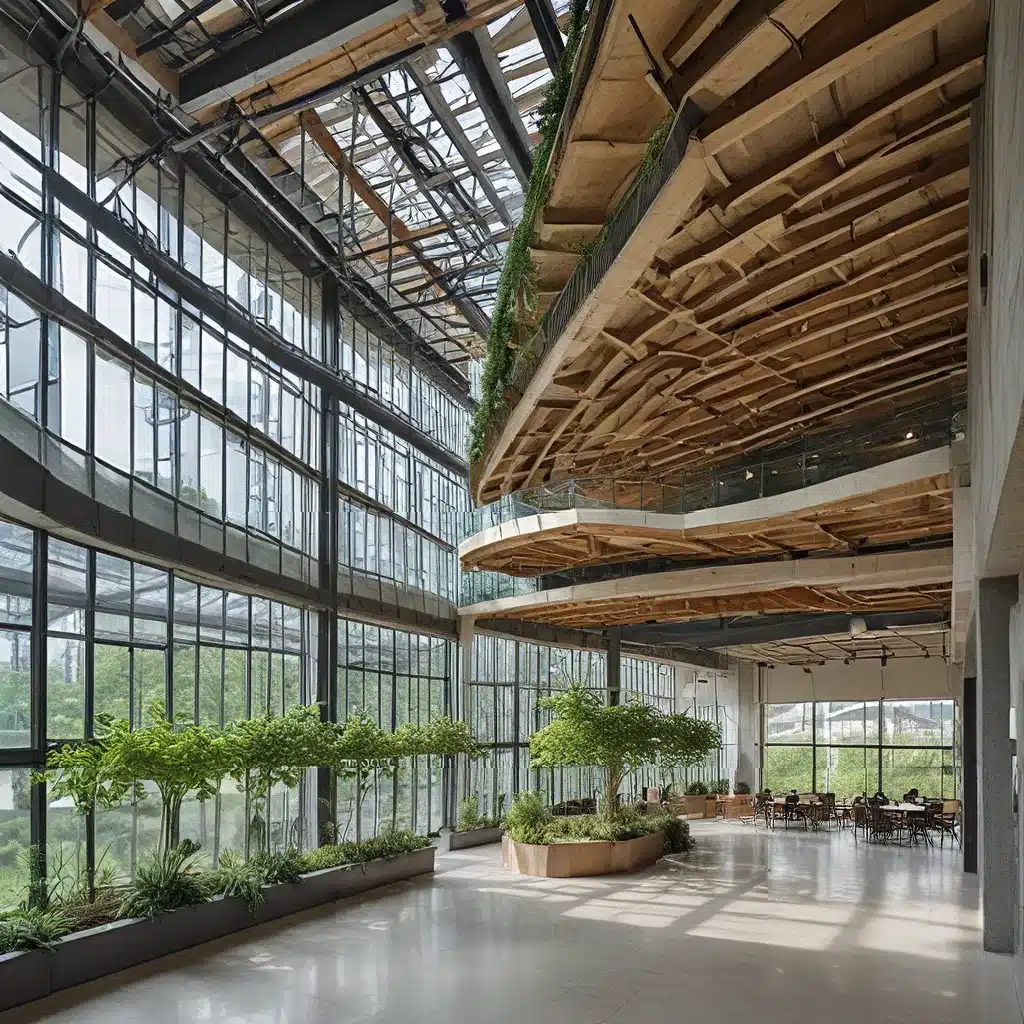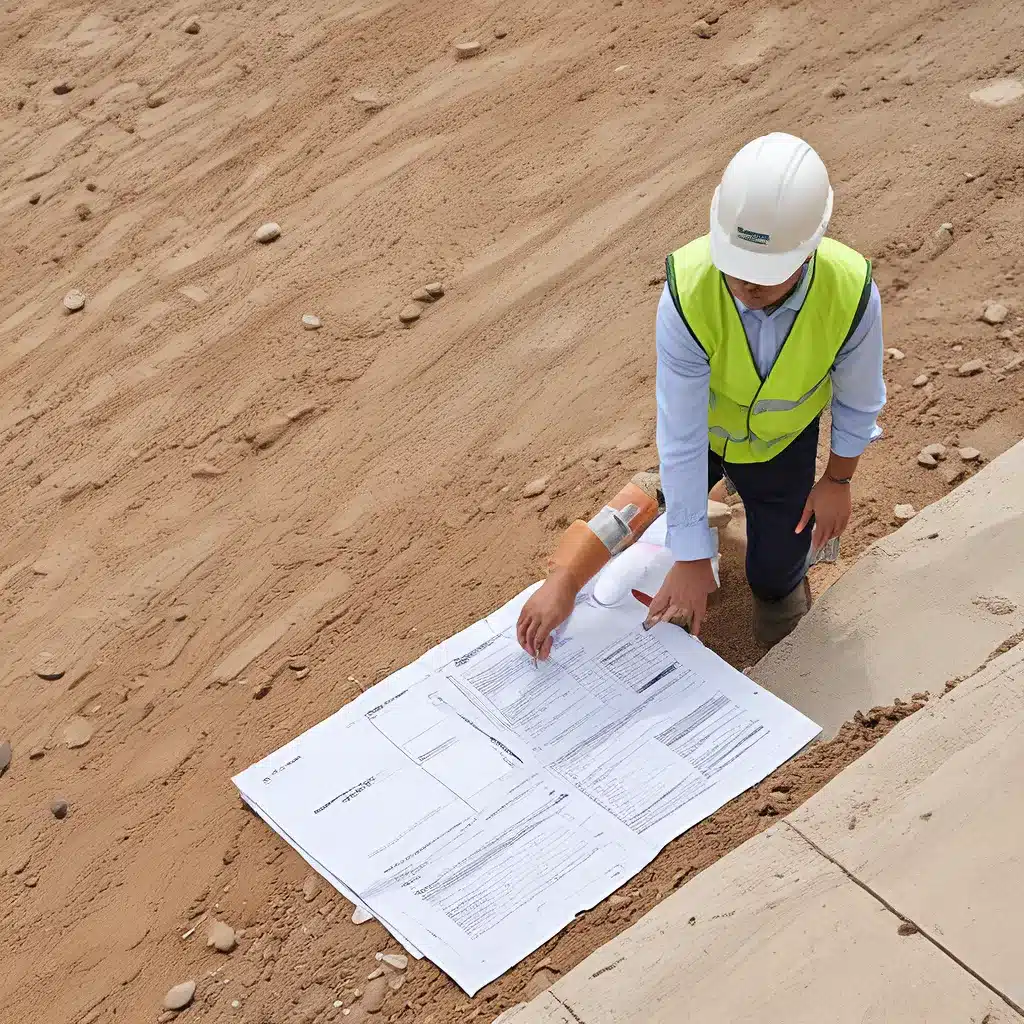
Ah, the construction industry – a behemoth of progress, a symphony of steel and concrete, a realm where the impossible becomes reality. As we step into 2024, this sector is poised for a remarkable transformation, driven by the irresistible force of innovation and the undeniable need for sustainability.
Buckle up, my fellow construction enthusiasts, because we’re about to dive headfirst into the future of green building trends that will revolutionize the way we think, design, and build.
The Eco-Friendly Awakening
It’s no secret that the construction industry has long been a significant contributor to our planet’s environmental woes. But in 2024, the tide is turning, and sustainability has become the cornerstone of this dynamic sector. Nearly half of all respondents in the construction and design sectors expect the majority of their projects to be environmentally sustainable by the end of this year, reflecting a seismic shift in the industry’s priorities.
This green awakening is fueled by a perfect storm of regulatory demands and strategic business imperatives. Clients, once content with merely functional buildings, now crave structures that are not only aesthetically pleasing but also eco-friendly and energy-efficient. Designers and builders have risen to the challenge, incorporating sustainable practices into every phase of the construction process, from design to completion.
But what exactly does this green revolution entail? It’s not just about reducing a building’s carbon footprint; it’s about using sustainable resources, optimizing resource use, and embracing construction models that minimize environmental impact. Think of it as a holistic approach to building that benefits both the planet and the occupants’ quality of life.
Embracing the Future of Materials
As the construction industry embraces sustainability, the landscape of building materials is undergoing a radical transformation. Gone are the days of relying solely on traditional, resource-intensive materials. In their place, a new generation of advanced, eco-friendly alternatives is taking center stage.
Living materials, for instance, are revolutionizing the way we think about construction. These innovative solutions incorporate living organisms, such as microbes and fungi, into their composition, enabling them to self-heal, absorb toxins, and even capture carbon dioxide during production. Self-replicating concrete and biocement, which absorb CO2 during their production, are just a few examples of this cutting-edge technology in action.
And the innovation doesn’t stop there. Startups are exploring a wide array of sustainable options, from durable and low-maintenance materials like bamboo and transparent woods to mycelium composites and biofoams that offer remarkable strength and biodegradability. These advanced building materials not only enhance the environmental credentials of construction projects but also unlock new realms of design possibilities.
Tackling the Workforce Conundrum
As the construction industry undergoes a green transformation, it must also grapple with a pervasive and persistent challenge: the labor shortage. This crisis has become a central issue shaping the sector’s dynamics, with the Associated Builders and Contractors reporting that the industry needs to hire an additional 501,000 workers in 2024 to meet labor demands.
The reasons behind this shortage are multifaceted, ranging from an aging workforce to the industry’s struggle to attract younger generations. But as the demand for skilled laborers continues to outpace the supply, construction firms are being forced to adapt and innovate.
One promising approach is the embrace of advanced technologies, such as robotics and automation, to streamline processes and reduce the reliance on manual labor. Automation can reduce rework by up to 30% and improve overall project quality by 20%, making it a tempting solution to the labor crunch.
However, the industry must also address the underlying skills gap, investing in training and development programs to upskill the existing workforce and attract fresh talent. Fostering diversity and inclusion initiatives can also broaden the pool of potential employees, ensuring that the construction industry remains vibrant and innovative in the face of these challenges.
Navigating the Financial Minefield
As if the labor shortage wasn’t enough, the construction industry must also contend with another formidable foe: cost volatility. From rising material prices to the impact of global trade disputes, the financial landscape of construction has become a minefield of uncertainty.
CBRE’s new Construction Cost Index predicted a 14.1% increase in construction costs by the end of 2022, as both labor and material expenses continue to rise. And the pain doesn’t stop there – US construction costs saw an average increase of 4% in 2023, with projections of a 3-6% rise in 2024.
But fear not, my construction comrades, for there is light at the end of this cost-efficient tunnel. The key lies in embracing the very technologies that are transforming the industry. Advances in Building Information Modeling (BIM), augmented reality (AR), and drone technology can help construction firms maintain project volume by enhancing precision and efficiency, ultimately mitigating some of the cost pressures.
Moreover, the introduction of innovative, sustainable materials, while initially driving up costs, promises long-term savings and environmental benefits. It’s all about striking the right balance between short-term investments and long-term gains.
The Rise of Smart Construction
As the construction industry navigates the complexities of labor shortages, cost volatility, and sustainability, a new dawn is emerging: the era of smart construction. This technological revolution is transforming the way projects are planned, executed, and monitored, paving the way for a more efficient, safer, and environmentally responsible future.
At the heart of this transformation lies the integration of cutting-edge technologies, from artificial intelligence (AI) and machine learning to augmented reality (AR) and virtual reality (VR). According to GlobalData, the global construction robots market size is expected to rise from $14 billion in 2023 to around $80 billion by 2033, representing a staggering Compound Annual Growth Rate (CAGR) of 19.1% from 2024 to 2033.
These technologies are not merely nice-to-haves; they are the game-changers that construction firms must embrace to stay ahead of the curve. AI and machine learning algorithms can optimize project scheduling, resource allocation, and risk management, empowering construction companies to make data-driven decisions that streamline operations and enhance efficiency.
Meanwhile, AR and VR are revolutionizing the way architects, engineers, and construction workers visualize and interact with project plans. Immersive simulations and virtual walkthroughs are transforming the design and planning process, ensuring that potential issues are identified and addressed long before the first shovel hits the ground.
But the smart construction revolution doesn’t stop there. The integration of the Internet of Things (IoT), drones, and Building Information Modeling (BIM) is creating a connected, data-driven ecosystem that provides real-time insights into project progress, safety, and resource utilization. This level of visibility and control is a game-changer, enabling construction firms to stay agile, responsive, and proactive in the face of ever-changing project dynamics.
Embracing the Future, One Green Brick at a Time
As the curtain rises on 2024, the construction industry finds itself at a pivotal crossroads. Beset by challenges and disruptions, it must adapt and evolve to meet the demands of an increasingly eco-conscious world.
But far from being a burden, this transformation presents a remarkable opportunity for construction firms to lead the charge towards a more sustainable, efficient, and technologically advanced future. By embracing the green building trends and the smart construction revolution, they can not only revolutionize their own practices but also shape the very fabric of our built environment.
So, let’s raise a metaphorical glass to the construction industry of 2024 – may it be a shining beacon of innovation, a champion of sustainability, and a testament to the power of human ingenuity. After all, the future is ours to build, one green brick at a time.
Ready to join the construction revolution? Head on over to Reading General Contractor and let’s explore how we can bring your green building dreams to life.
Related posts:
No related posts.




